Week 43: Chernobyl
–
–
It’s been an interesting week and I’m going to start with what we did today even though it throws out the whole chronological order of things. We headed out to visit Chernobyl, site of the worst nuclear disaster in history, which released 400 times more fallout than the bombing of Hiroshima. Scary and foolish as that sounds the levels of radiation since the disaster on April 26, 1986 have dropped so much that visiting and working in the exclusion zone is now considered safe. There are around 4,000 people working within the 30km zone (doing 4 day to 2 week stints in the contaminated area followed by time outside). Many of them work at the Chernobyl Nuclear Power Plant. These days their main job is to transform the area into a safer place but I was surprised to find out that the plant was operational until December 2000.
At the time of the disaster there were four reactors functioning and two under construction, but now rectors five and six stand unfinished. To get in to the centre of the exclusion zone we had to pass two checkpoints and on the way out were tested for radiation, as was our car. The exclusion zone was initially circular but with later testing it has been changed to more accurately reflect contamination levels. The plume of radioactive fallout was initially blown westward but then winds changed northerly and it’s estimated that 60% of the contamination fell on Belarus. Nuclear rain fell as far away as Ireland.
Our visit started with a drive to near the Nuclear Power Plant, where our Geiger counter beeped in alarm for the first time. Apparently radiation levels are lowered by approximately half in winter as the snow covers everything. The Red Forest was another area of high radiation as the pine trees were bulldozed then buried in the same area. It’s called the red forest because of the rusty brown the trees turned when they died after the accident. Driving through the area today the reading on our Geiger counter was 1.22 µSv/h (microsieverts per hour) compared to about 0.1 µSv/h in the Kiev Metro or 0.25 µSv/h in Chernobyl town according to this site. Standing about 200m from reactor four we hit a high of 1.75 µSv/h which is still considered safe.
We also went to Prypiat, the company town of the Nuclear Power Plant. It was founded in 1970 and at the time of the disaster housed 50,000 people. They weren’t evacuated until a few days after the disaster and at the time were told it was a temporary evacuation. Later they (and looters) came back for their belongings and the apartments now stand eerily empty. The only things to remain behind are a few pieces of cumbersome furniture, stoves and peeling wallpaper. In the primary school building there is the remains of the library and outside a ferris wheel stands in a forlorn amusement park.
Anyway, we’ve spent most of this week in Kyiv, 100km south of Chernobyl. It’s a pretty city and despite the plummeting temperatures and worry about elections we’ve enjoyed our time here. Temperatures have been around -5oC to -12oC and limit the amount of time we like to spend outside in any single stretch. Thankfully the walking tour we’ve been following has plenty of churches to pop in to, underground shopping malls and cafes nearby. Unfortunately, the next week looks like it’s getting even colder, with a low of -21oC forecast on Friday.
So far the highlights of the city have been its churches. We’ve visited St. Michael’s Golden Domed Monastery, St. Sophia Cathedral and St. Volodymyr’s Cathedral, all of which have been beautiful in their own way. St. Michaels was originally built in the middle ages, but was destroyed by the Soviets in the 1930s to make way for a grandiose plan to rebuild the centre of Kyiv. Since independence it’s been reconstructed in Byzantine and Baroque style. St. Sophia Cathedral managed to avoid destruction and the historical building as well as the beautiful interior decoration has been World Heritage listed. The restoration work has been done incredibly well, with missing sections of frescos repainted but in a way that it’s obvious which parts are original. Layers of paint or wall have been removed to show older details and you’re allowed to explore the upper levels which were traditionally reserved for kings and queens. St Volodymyr’s Cathedral seems plain on the outside but has some of the most beautiful interior paintings that we’ve seen. They were completed in 1896 and are an exquisite combination of Pre Raphaelite and Art Nouveau styles.
We haven’t spent all our time in churches though, we also checked out the Golden Gate. It was the main gate in the fortifications surrounding the city. A little way away, opposite the president’s office is the House with Chimeras. It was built in 1901-1902 and the exterior is made entirely of concrete donated from a nearby concrete company. At this time concrete was a relatively new building material and the company rightly assumed that a house designed by the eccentric architect Vladislav Gorodetsky would generate enough interest to pay back their investment. He didn’t disappoint them. The façade drips with mermaids, frogs, ships, elephants, catfish and rhinos, all sculpted by the Italian Emilio Sala.
The recent presidential elections seem to have happened without any of the protests that brought about the Orange Revolution five years ago. This time around apathy seems to reign, with voter turnout around 67%. Actually this isn’t only due to people not bothering to vote, changing your registration can be impossible if your landlord doesn’t want to register you (and therefore pay taxes) so many people are registered to vote in places they no longer live. Ironically the man people are expecting to win is the same one who rigged the ballots last time, while the man swept to office by people power in 2004 only got 5.49% of the votes. No single candidate got more than 50% of the vote and so a second round, pitting the top two candidates against each other, is scheduled for February 7.
We’re planning on being out of the country by then, down in Istanbul where temperatures on the positive scale sound positively balmy.
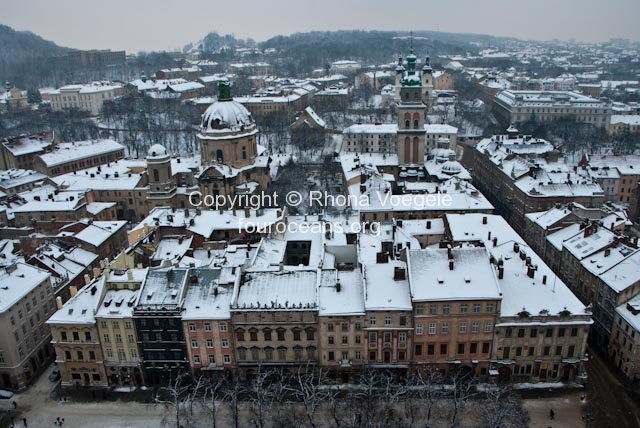
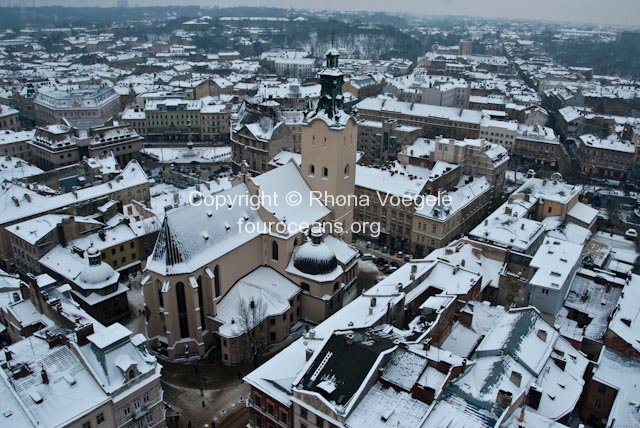
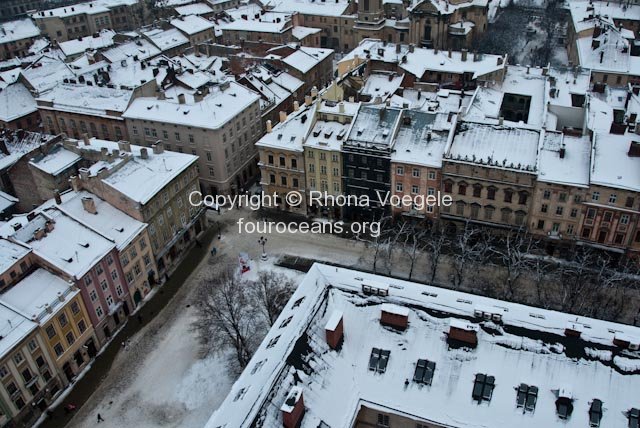
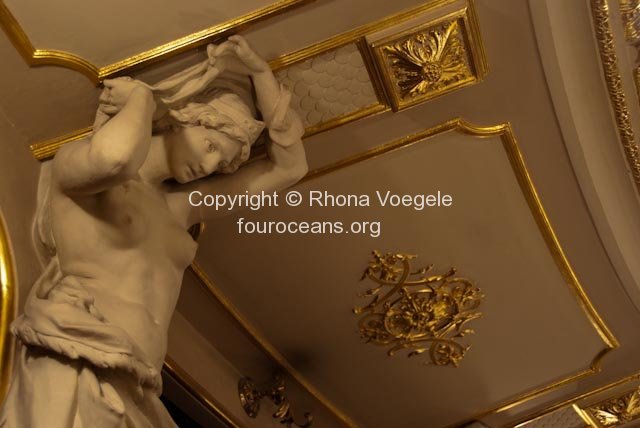
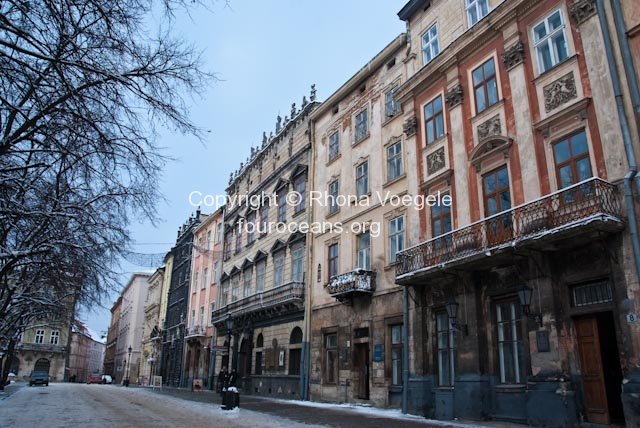
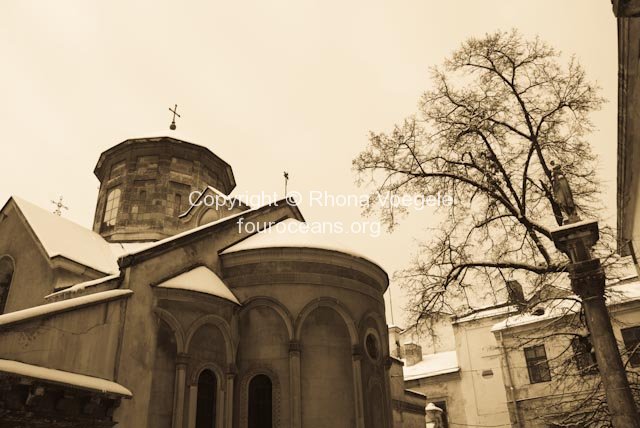
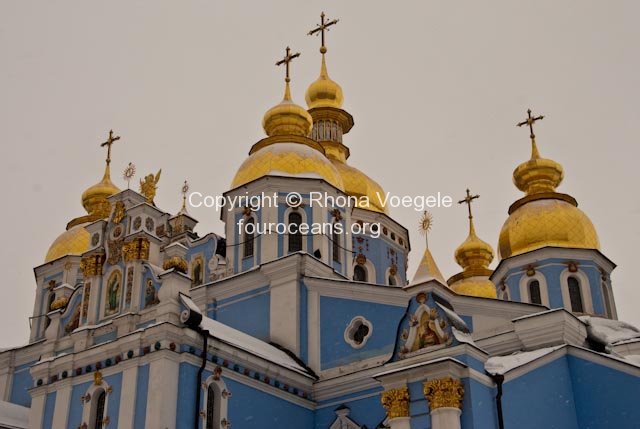
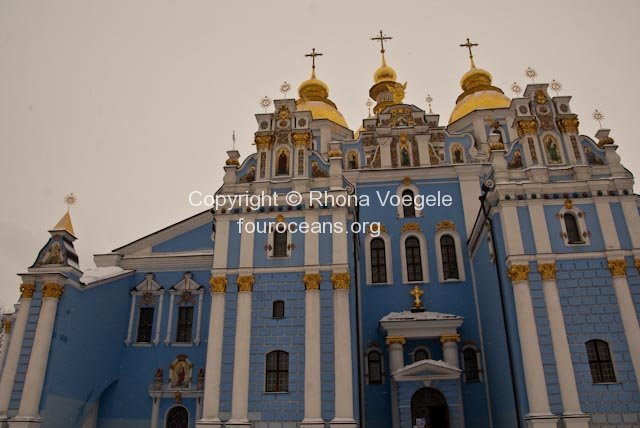
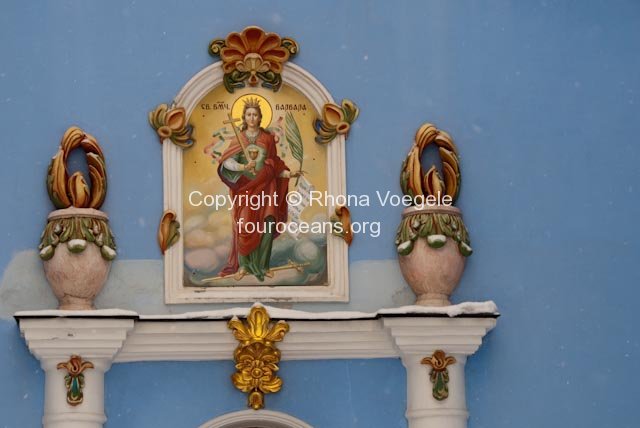
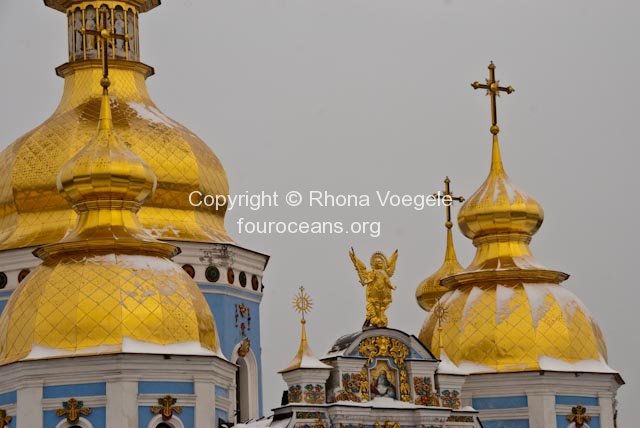
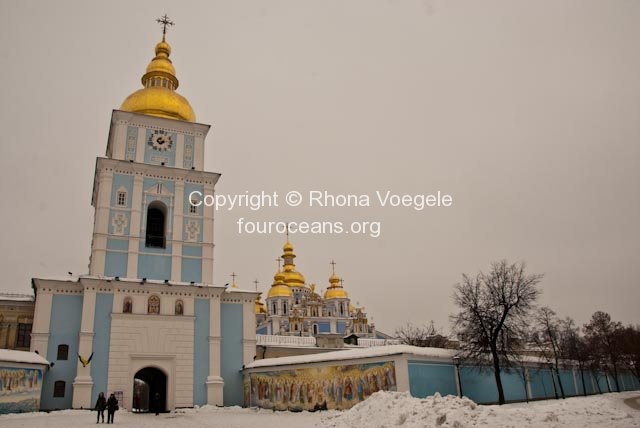
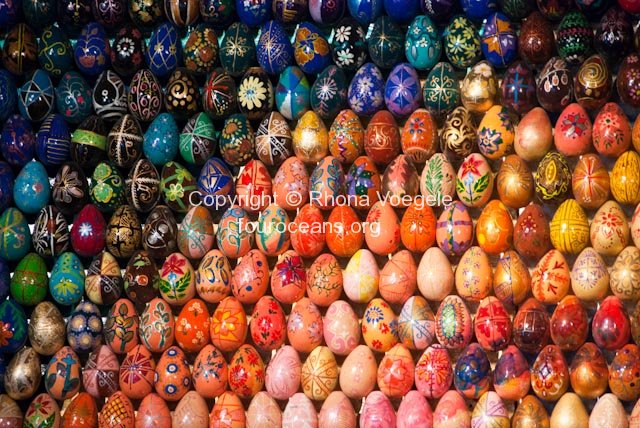

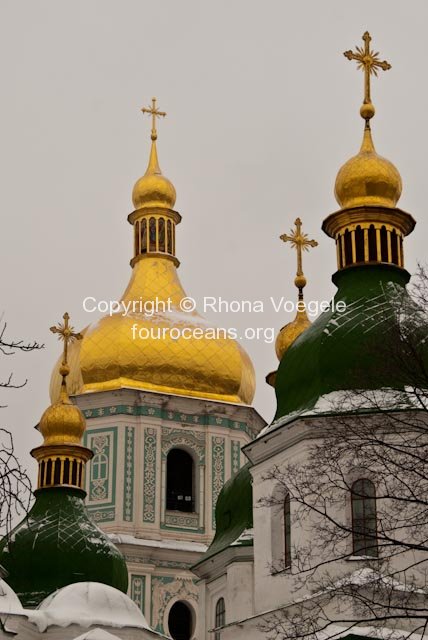
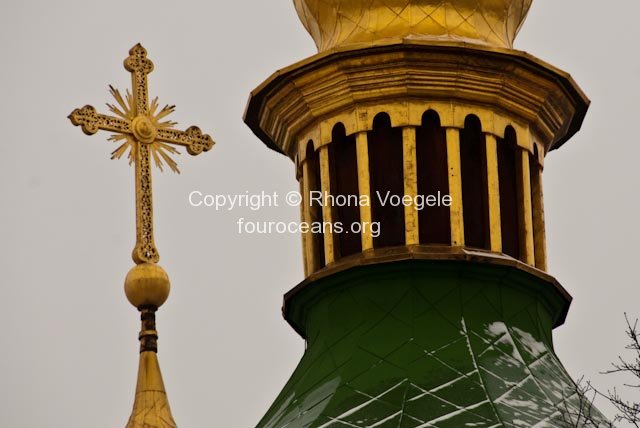
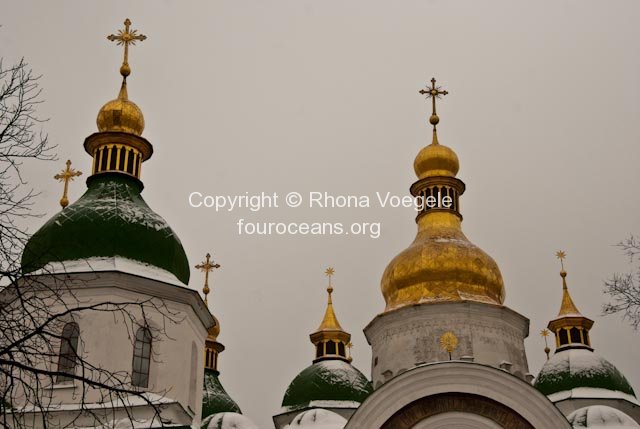
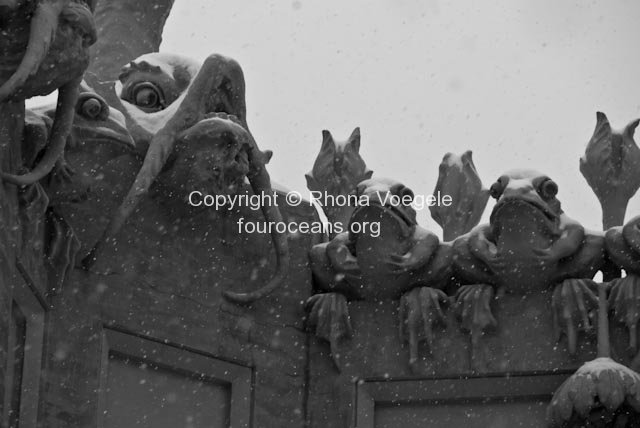
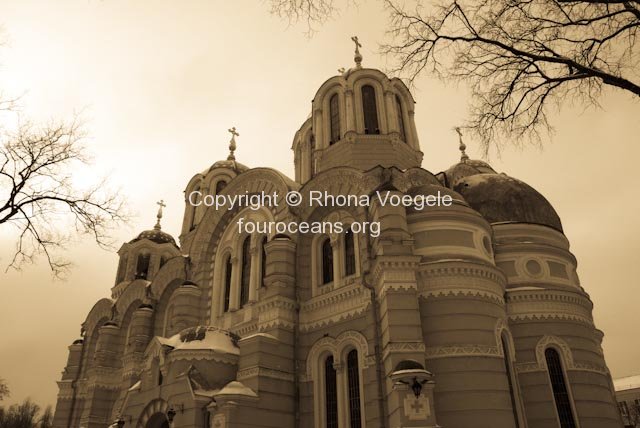
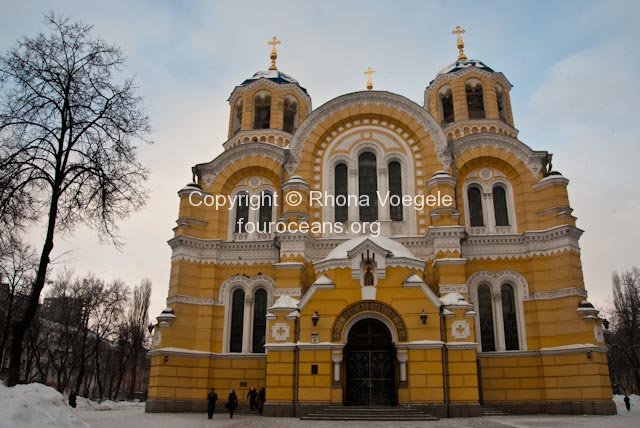
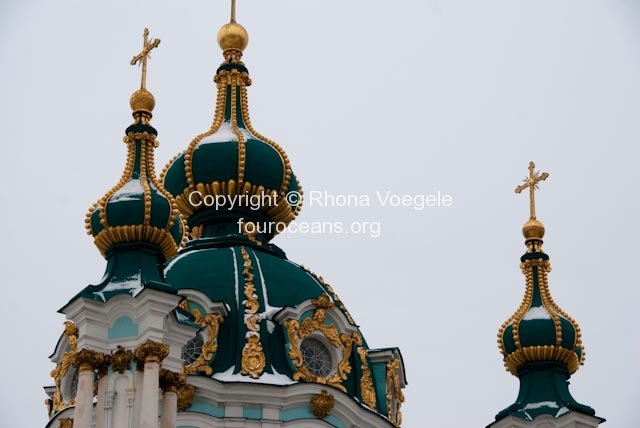
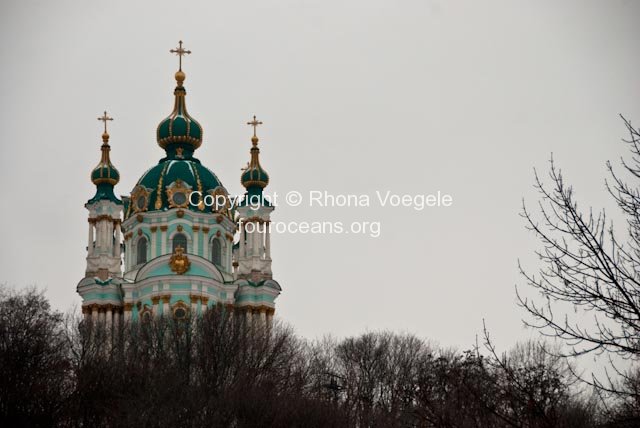
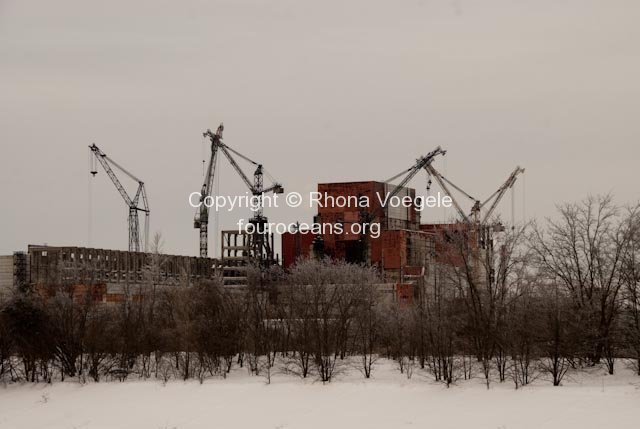
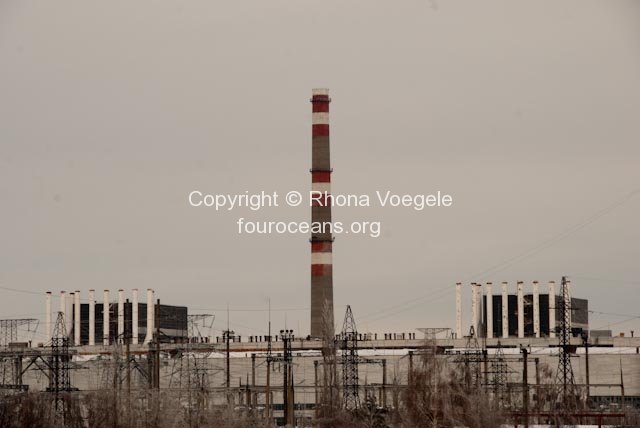
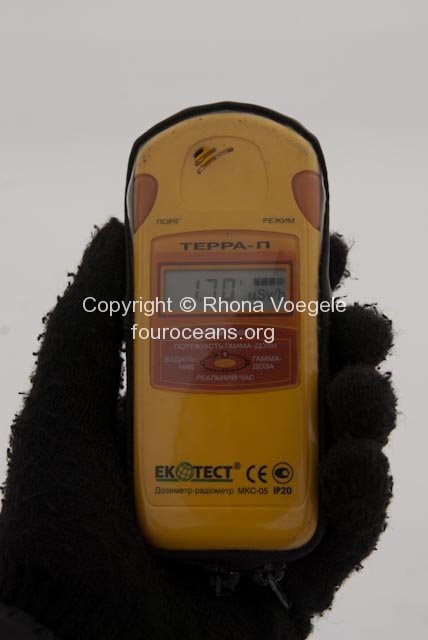
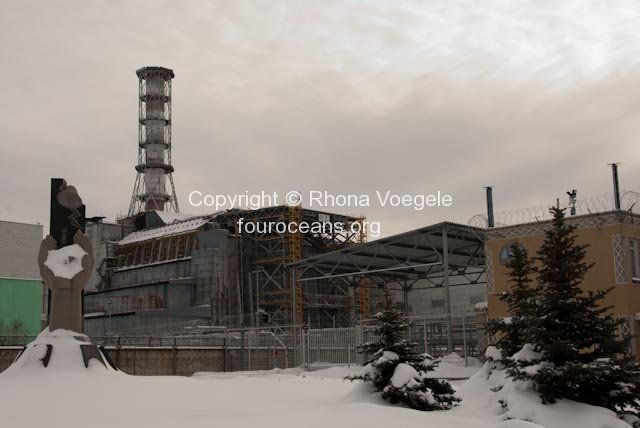
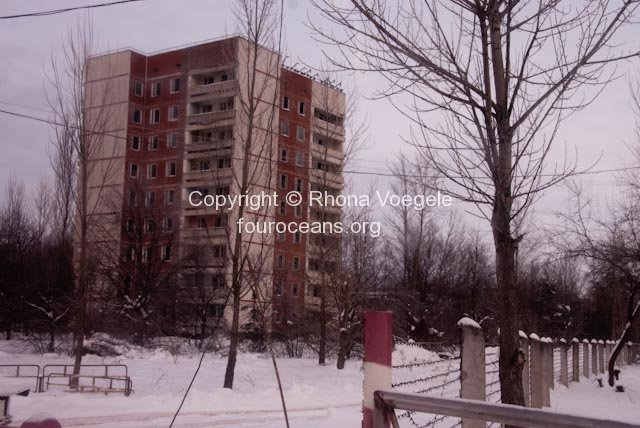
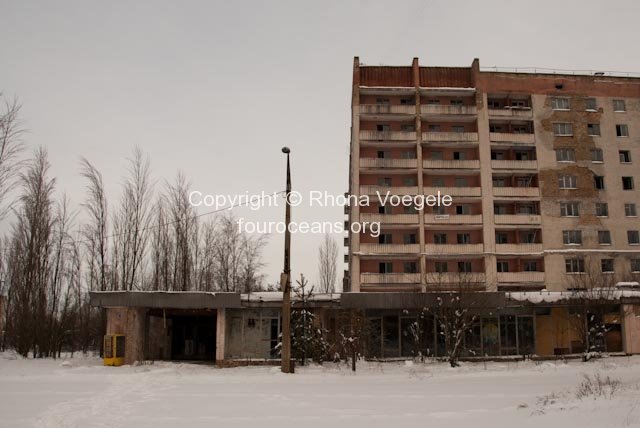
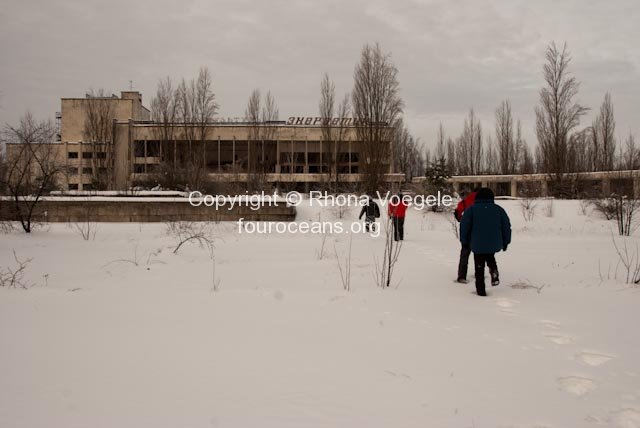
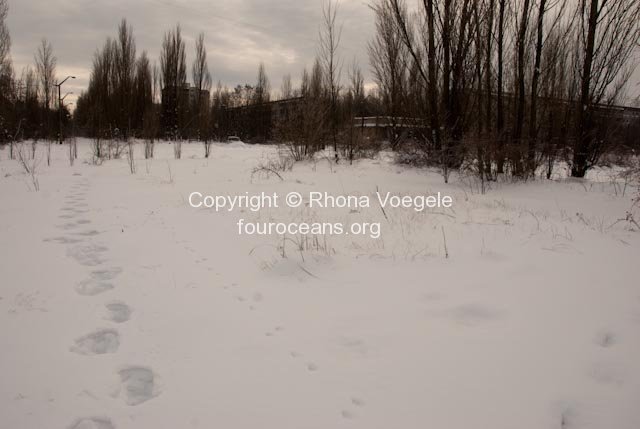
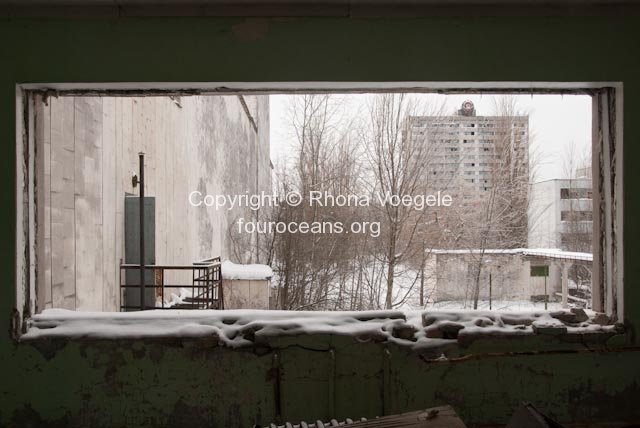
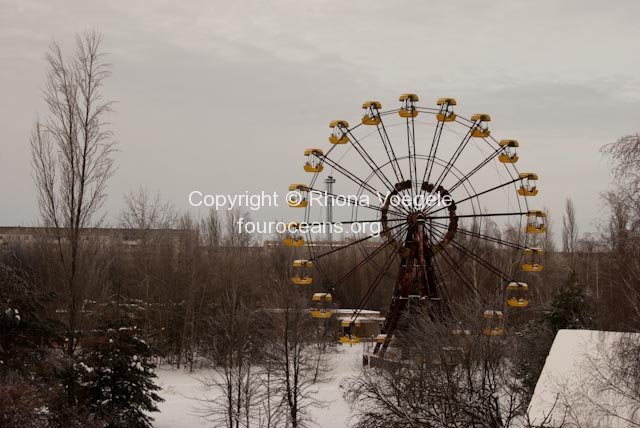
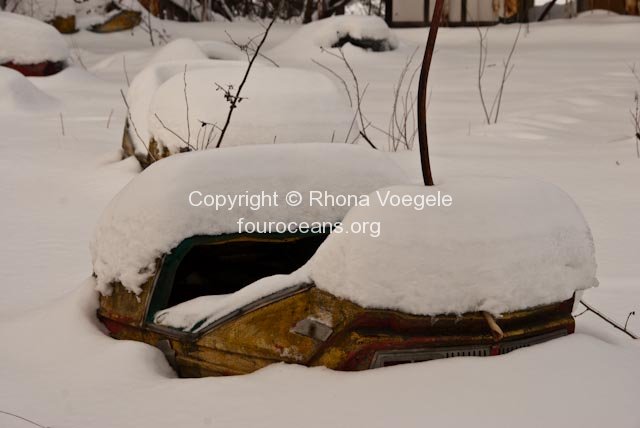
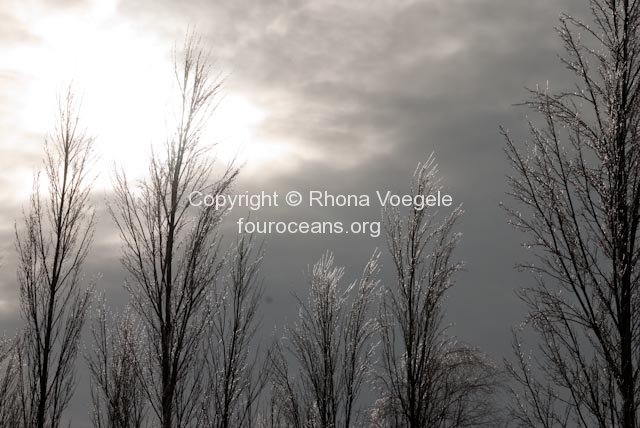
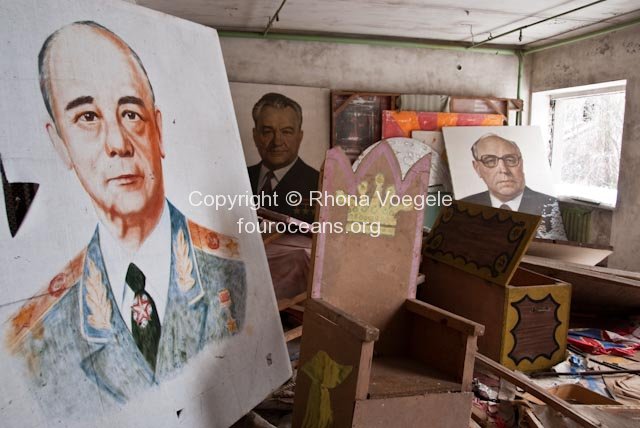
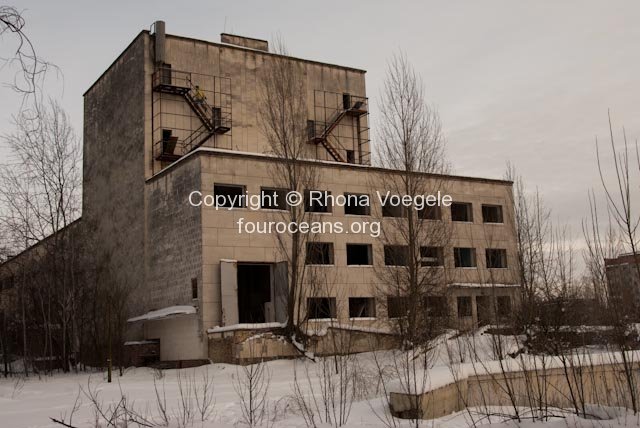
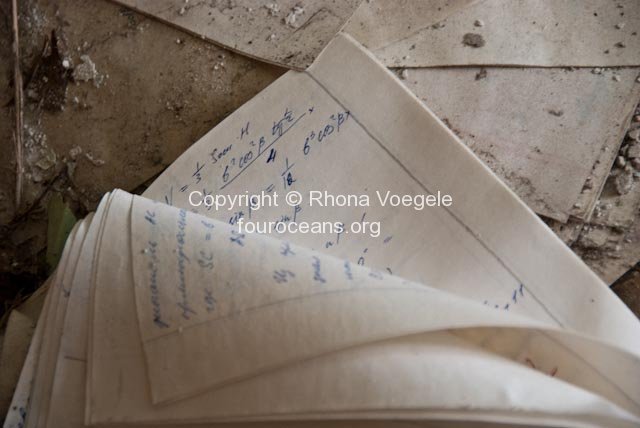
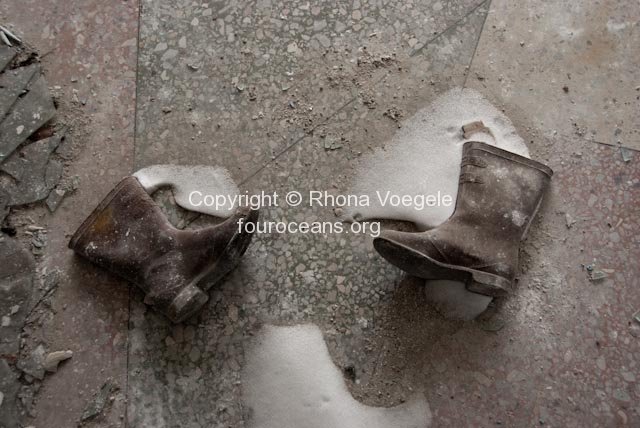
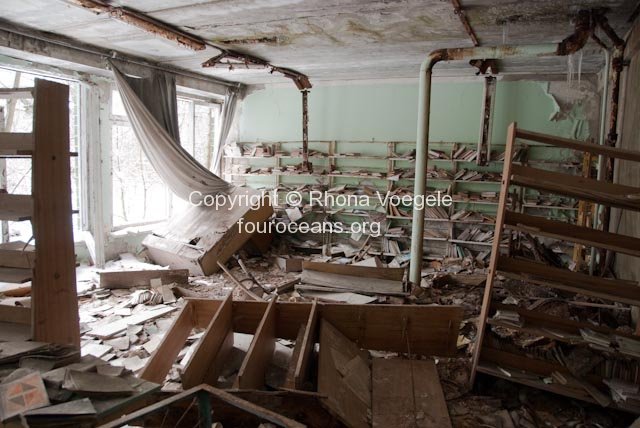
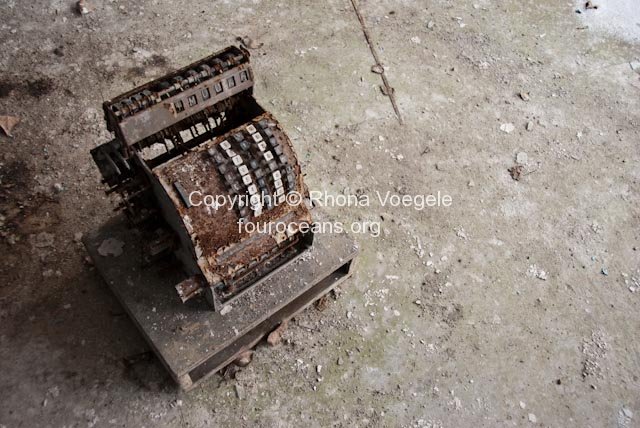
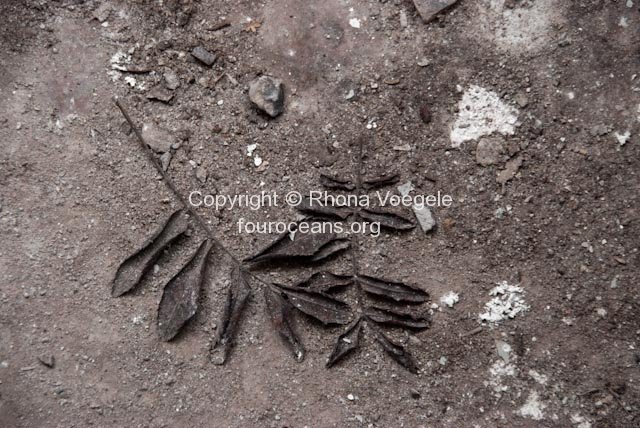
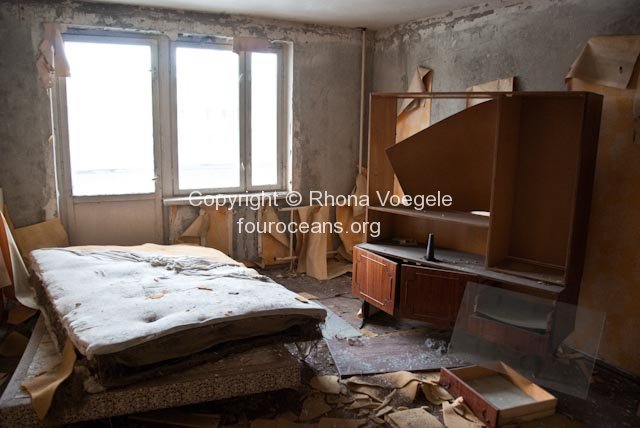

Leave a reply